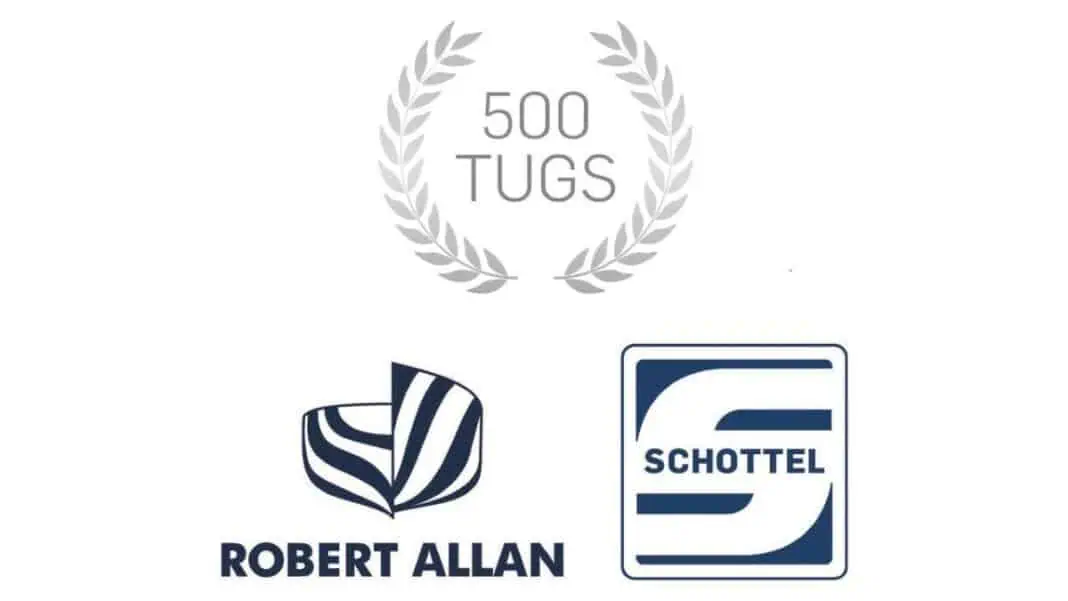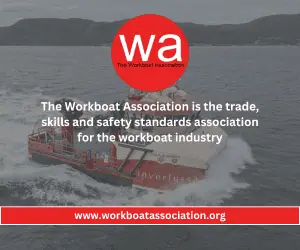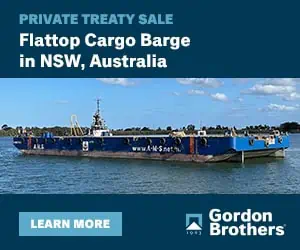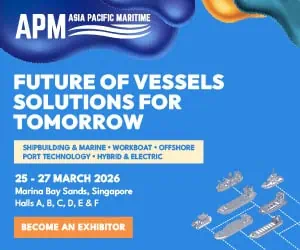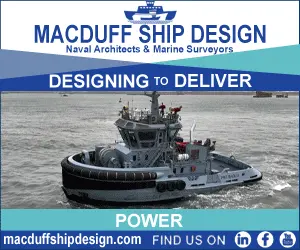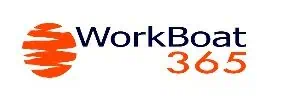Canadian naval architecture firm Robert Allan Ltd. and German propulsion specialist SCHOTTEL have achieved a historic milestone with the construction of their 500th tug designed by Robert Allan and equipped with SCHOTTEL propulsion systems, cementing one of the maritime industry’s most enduring and productive partnerships. The milestone vessel, one of a pair built for KOTUG Canada, showcases the cutting-edge Robert Allan’s RAsalvor 4400-DFM design and equipped with SCHOTTEL’s RudderPropellers (SRP) and SYDRIVE-M – a testament to decades of collaborative innovation.
“The success of Robert Allan Ltd. has been built on developing long term relationships within the marine industry, this extends not only to our owner and shipyard clients but also to the major equipment suppliers that play a huge role in the success of a project”, says Mike Fitzpatrick, President and CEO of Robert Allan Ltd. “Decades of working together with SCHOTTEL on 500 different vessels has given us a high degree of confidence in their ability to consistently deliver on their promises.”
“We are incredibly proud to have achieved this great success in our partnership with Robert Allan, that has thrived for many decades”, emphasizes Roland Schwandt, Deputy CEO of SCHOTTEL. “The number of 500 ships is an expression of the trust that Robert Allan not only places in our propulsion systems, but also in us as a company. I would like to express my sincere thanks to the Robert Allan team and look forward to continuing this successful collaboration.”
Numerous outstanding projects
Together, the companies can look back on a series of significant achievements in their ongoing collaboration. ”In over 25 years with SCHOTTEL, I have been privileged to work on many special projects together with Robert Allan”, reflects Roland Schwandt. “These include, for example, the delivery of SCHOTTEL RudderPropellers for the first tugs in the Robert Allan Z-Tech series, which was originally developed for PSA Marine of Singapore in 2003. The series’ revolutionary design is still the most award-winning tug design on the market today.” As another example, Roland Schwandt mentions the Mwokozi II, a 42-metres, 125 tonnes bollard pull salvage and harbour RAstar 4200 tug with outstanding power and manoeuvrability.
Other highlights are a series of diesel-electric powered river pushboats in the RApide 4600-Z3 design for Hidrovias do Brasil and the HaiSea Marine tug fleet, featuring three electric vessels in the ElectRA 2800 design. Both series are equipped with SRPs in the LE-Drive variant. “The use of compact L-Drive azimuth drive configurations has become the standard configuration for all Robert Allan Ltd. electric tug designs, as it allows for the most compact overall vessel design possible, whilst still leaving sufficient space for battery banks and other equipment”, says Mike Fitzpatrick, emphasizing the advantages of the special installation variant. “While there are other options available on the market, the SCHOTTEL SRP LE-Drive series remains the most common selection.”
Number 500: Dual-fuel methanol escort tugs for KOTUG Canada
With the 500th tug designed by Robert Allan and equipped with SCHOTTEL propulsion systems, the two companies have now reached a very special milestone. Tug number 500 is one of a pair for KOTUG Canada, which are currently being built at Turkish Sanmar shipyards. Based on the RAsalvor 4400-DFM design from Robert Allan, the world’s first large purpose-built dual fuel methanol escort tug will service Canada’s Trans Mountain Expansion Project (TMEP). The tug is equipped with two SCHOTTEL RudderPropellers type SRP 710 delivering a bollard pull of over 120 tonnes. To further optimize fuel savings and reduce underwater radiated noise, the SRPs ordered feature the mechanical hybrid propulsion system SCHOTTEL SYDRIVE-M. This solution allows the two thrusters to be driven together by only one of the main engines.
The leading propulsion system for tugs
Since 2000 more than one third of all Robert Allan azimuth tug designs have been fitted with SCHOTTEL propulsion systems, including RAscal, RAstar, RAmparts, RAmpage, ART and Z-Tech. The vessels equipped range from 18 to 65 metres in length, with a bollard pull between 20 and 125 tonnes. The combination of Robert Allan tug designs and SCHOTTEL RudderPropellers has proven itself to be a very successful arrangement resulting in optimal manoeuvrability, high bollard pulls and simplified installation of mechanical parts. “This is a major benefit to the shipyard because it eases installation and commissioning. For the owner, the design is synonymous with maximum reliability and low maintenance”, says Roland Schwandt. The SRP is available in numerous variants covering a wide range of power sources, installation options and operation profiles. This great variety makes the SRP very versatile and able to meet special requirements. “When market needs change or new trends emerge, we can coordinate with Robert Allan early on and optimally align design and thruster,” explains Roland Schwandt, highlighting a key advantage of the cooperation. However, the collaboration between the two companies is not limited to tugs alone: coast guard vessels, research vessels, firefighting vessels and others designed by Robert Allan are also equipped with SCHOTTEL propulsion systems.
Future collaboration: “SCHOTTEL will play a pivotal role”
As Robert Allan and SCHOTTEL strive for further innovation together, sustainability remains a central effort in their partnership. “The main focus of future collaboration will likely be the continued drive to decarbonization of the marine workboat sector, in which SCHOTTEL as a propulsion equipment manufacturer will play a pivotal role”, says Mike Fitzpatrick. With their sights set on the next projects, both companies are committed to further optimizing the safety, performance and efficiency of tugs, while continuing to research pioneering projects such as underwater radiated noise reduction and the use of alternative fuels. “We look forward to further expand this successful partnership in the years ahead and the delivery of the next 500 tugs”, concludes Roland Schwandt.



